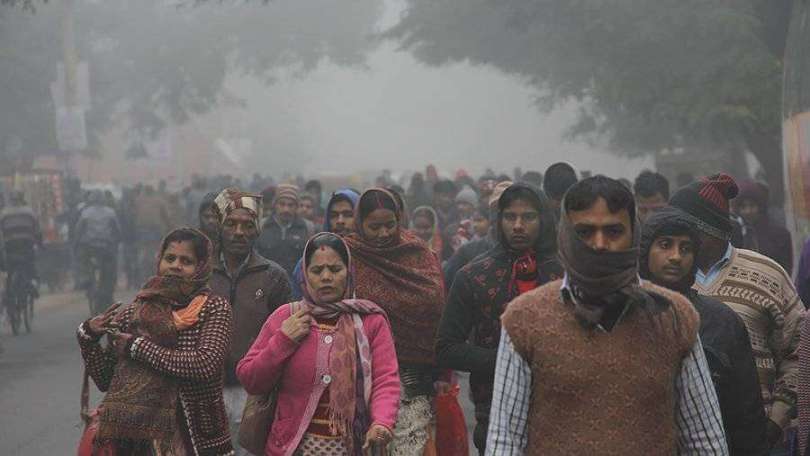Delhi and Lahore have been named the most polluted cities in the world. Pakistani Lahore was once called the “city of gardens,” but now most of the trees in this city have been cut down, and in recent decades alone it has lost about 75% of its green spaces. Today, the population of Lahore is more than 13 million people, and the city itself has become one of the most polluted in the world. Scientists note that it will soon become unsuitable for life.
Due to the environmental emergency, authorities in Lahore had to close schools, parks and markets. To solve the problem, it was decided to create artificial rain. To do this, the clouds over ten districts of the city were seeded with silver iodide, which accelerated the process of moisture condensation and led to precipitation. This helped reduce air pollution levels from 300 µg/m3 to 189 µg/m3. The authorities called the technique successful, but they were not satisfied with the amount of precipitation that fell. In addition, previous air pollution levels returned within two days. And the International Union for Conservation believes that such intervention in the climate will only worsen the situation – it will become even hotter and the air dirtier.
Pollution in Lahore only came to public attention in early 2017, when Pakistan published actionable air quality data for the first time. In the absence of publicly available government data, a network of citizen-operated sensors began tracking fine particulate matter and reporting data in real time. The data exposed the high level of air pollution in Lahore, shocking the public and becoming a talking point in the media.
Air pollution in Lahore is caused by a combination of vehicle and industrial emissions, smoke from brick kilns, burning of crop residues and household waste, and dust from construction sites. Other factors in air pollution include large-scale loss of trees for the construction of new roads and buildings. Winter air pollution increases due to temperature inversions, which prevent a layer of warm air from rising to trap air pollutants.
Delhi, the capital of India, experiences high levels of pollution all year round. The air is often dominated by levels of fine and large particulate matter and other forms of pollutants and toxic chemicals released into the atmosphere, each of which has its own detrimental effects on human health.
Delhi is grappling with population growth, with many ‘urban ills’ becoming more and more evident as the city struggles to keep up with ever-changing social indicators. This puts enormous pressure on the city to improve both residential and commercial infrastructure. Thus, the result will be growth in almost all industries and an associated increase in pollution, directly correlating with industrial and economic growth.
Slash-and-burn farming methods, which are also used in India, are a practice that is becoming an increasingly serious problem in some parts of the world, with large parts of Asia as well as Southeast Asian countries suffering from its polluting effects. The main causes of pollution in Delhi are numerous and each aspect in itself deserves serious study.
In terms of topography, Delhi is at a distinct disadvantage due to its location and how the wind and its direction directly influence the accumulation of pollution in the air. It is known that the winds blowing in Delhi can bring with them large amounts of smoke and haze from other parts of the region, and with the onset of winter, these winds often die down, leaving accumulated pollution in Delhi’s atmosphere with nowhere to go. Additionally, as air temperatures drop during the winter months, the pollutants in the air decrease in altitude, causing a mixture of pollutants to mix, creating the previously mentioned haze that envelops the city.
The industrial sector, with a large number of factories and manufacturing units of various types scattered throughout the city, also plays a significant role in the emission of smoke into the atmosphere. In fact, during periods of pollution emergencies, fuel and coal plants have been known to close as drastic measures to stop the catastrophic rise in pollution levels.
In 2017 alone, air pollution in India was linked to the deaths of 1.24 million people, with 54 percent of deaths caused by ambient air pollution and 46 percent of deaths caused by household pollution such as solid cooking fuels. Deaths due to air pollution are estimated to have accounted for 12.5 percent of the total deaths recorded that year.





